Evolution in technology has changed our lives forever. We would still be struggling with many things if it weren’t for tech. Thanks to technology, we now have smartphones, high-speed internet, modes of transport, and quick means of communication, making our daily lives much more manageable.
We’ve compiled a list of history’s top tech inventions that changed how we live our lives. These technological inventions not only changed the lives of a particular era but helped in building a better future for everyone. Here are the top tech inventions in history that you should know about.
Top tech inventions in history:
1. Printing Press (1436)

The invention of mechanical and mobile devices for printing ink onto a substrate such as paper or cloth help disseminate knowledge like never before. The invention of the printing press was the most influential event of the 15th century. It didn’t just revolutionise society at that time but it also changed how society got access to religious texts, literature, and modern ideas.
The first-ever printing press was developed by a German goldsmith Johannes Gutenberg in 1436 that allowed the creation of high-quality printed books in a uniform template. Printing composition became more advanced with the introduction of computers in the 1950s and additional steps were replaced by digital data. This technology improved the business world so much that it will forever be a foolproof method for record-keeping. In modern times, the printing press has become an essential part of our offices and households in the form of electronic printing presses named printers.
2. Pascaline (1642)

The Pascaline or arithmetic machine is one of the earliest mechanical calculating devices designed by Blaise Pascal in 1642. It worked on the mechanism of turning the wheels clockwise and anti-clockwise to add and subtract numbers, respectively. It was the only operational calculator in the 17th century hence also used for business purposes.
Pascal got the equivalent of patent, a royal privilege for his invention in 1649. This invention is very important in the history of calculators because it was the first-ever used calculating machine that impacted society. It basically laid the foundation of a computing device, after Abacus.
3. Steam Engine (1698)

The greatest change ever in the history of human civilization is the industrial revolution which is powered by the steam engine. The ultimate goal was to provide a reliable power source as a substitute for human labor, animals, water, and wind in manufacturing processes. Thanks to many engineering and industrial inventions, the machine was developed that used steam power to create mechanical motion through the agency of heat.
In 1698, Thomas Savery designed the first crude steam engine that needed many improvements. Thomas Newcomen was the one who came forward with a useful steam engine in 1712 that was utilized in pumping water out of mines.
Until the 1800s, Watt steam engines revolutionized the industries throughout England. Today, they are overshadowed by gas turbines, electric and internal combustion engines, and nuclear reactors. But some old steam engines are still used in different areas of the world and are incredibly important.
4. Babbage Calculator (1813)

Charles Babbage invented the first mechanical calculating machine to perform certain mathematical computations in 1812 or 1813 and it was called the Babbage Calculator. It was the first successful calculating machine to carry out all four basic operations i.e. addition, subtraction, multiplication, and division. Then in 1823, he designed a projected machine “Babbage’s difference engine” with 20 decimal capacity that was intended to create logarithm tables used in navigation. The first handheld calculator was invented after almost a century in 1967 and released commercially in 1970. Today, calculators are found everywhere and we cannot imagine a college-going student without a calculator.
5. Camera (1816)

Cameras we use today are not invented by a single person but many great minds contributed to this long and iterative process. Camera Obscura was the earliest camera that was used to study optics i.e. how light can be passed through a tiny hole to project an image onto an opposite flat screen. Arab scholar, Ibn Al-Haytham was the creator of Obscura’s which gave birth to modern cameras and photography. Before the invention of the camera in 1816, there was no right way to preserve the image. Joseph Nicephore Niepce clicked the first photograph and called the process “heliography”. As technology was progressing, practical photography was started by Louis Daguerre in 1829 and colored photography in 1940. Digital cameras that utilized the charge-coupled device image sensor were developed by Steven J. Sasson in 1975. These are the most sold cameras in the present time and incorporated in devices like mobile phones, laptops, vehicles, etc.
6. Electric Cars (1828)

Did you know that electric cars have been around since the 1800s? Yes, it’s right. Although they are considered as the future of motoring, they are not a new concept and have a long and storied history. Around 1832, Scottish inventor Robert Anderson designed the first electric-powered carriage with a non-chargeable battery. A few decades later, the first practical electric car was built by an English inventor “Thomas Parker” in 1884. The duration of the popularity of electric cars was from 1899 to 1908 when Henry Ford invented the “ford model t” that runs on combustible fuels and was a cheaper alternative. The 90s was a key turning point for modern electric cars and after making several attempts, a silicon valley startup “Tesla Motors” appeared and announced the production of electric sports cars with a range of 200 miles. In 2010, Nissan LEAF (the most popular electric car) was unveiled and until 2014, consumers had a multitude of choices for electric cars available in the market. In this age, electric cars are the best substitute for fuel vehicles to lower the carbon pollution that is increasing global warming every passing day.
7. Telegraph (1844)

Revolution in long-distance communication began with the invention of the telegraph in the 1840s by Samuel Morse. Before this, messages were sent through the mail that used to take weeks. On May 24, 1844, Morse sent his first message “What hath God wrought” through a telegraph from Washington to Baltimore that broke new grounds in the field of telecommunication. This was the first time electricity was used to communicate over distance by putting wires between the places. The first design of the telegraph used the electric magnet to push a pin-up and down that would make impressions onto a paper tape which would then be decoded to get the message. Commercial applications came into sight with the development of a unified system of telegraph stations. The invention of the telegraph laid the foundation of modern communication technologies like the radio, the telephone, etc.
8. Telephone (1876)

The telephone is the most profound invention in the world of communication. It all started in the 1870s when Graham Bell executed long-distance transmission of the human voice through electrical signals. Initially, people used to communicate through direct lines across a short distance only. It was only after the invention of the transistor in 1947 that lightweight microcircuitry was introduced. Over time, several smart features like automatic redialing, audio quality, call number details, wireless transmission, and clear visual display were added that supplemented the basic design. It took years for the evolution of the telephone until it became the modern-day digital instrument. With the invention of the telephone, the businesses and social activities of people have become global.
9. Cars (1886)

Do you know that approximately 1 billion passenger cars travel the streets worldwide today? No one can deny the importance of automobiles in our life and it would be impossible to even imagine a world without them. The evolution of the automobile industry has shortened the distances between places and made the world a global village. The first time the three-wheeled motor car powered by a gas engine was patented in 1886 by Karl Benz. It is considered as the birth of cars in the history of vehicles. Specifically designed with four wheels and for the transportation of people rather than goods, cars opened new horizons of public transport. People can comfortably travel to distant places for education and employment purposes and they have become a symbol of luxury transport in urban areas. It’s amazing how they have upgraded the quantum of human life and now we have to see where this technology will go down the road.
10. Radio (1896)
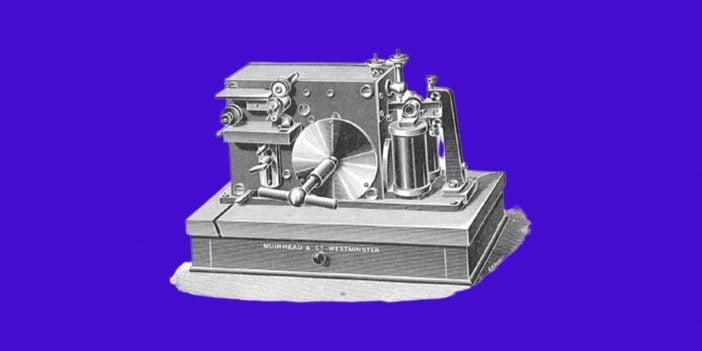
Radio technology started as “wireless telegraphy” because it merged the technologies of telephone and telegraph. When the radio waves were discovered, Guglielmo Marconi began experimenting with the transmission of wireless signals and submitted his first patent in 1896. Many industrial nations started their radio broadcasts by the mid-90s which was the golden period of the radio. People could listen to music, sports, news, and other programs through the transmission of electromagnetic waves. It was an important invention because it broadcasted real-time information and provided live updates of the events happening around the world. Radio has massive impacts on the world as it was the original social medium away before social media emerged.
11. Airplane (1903)
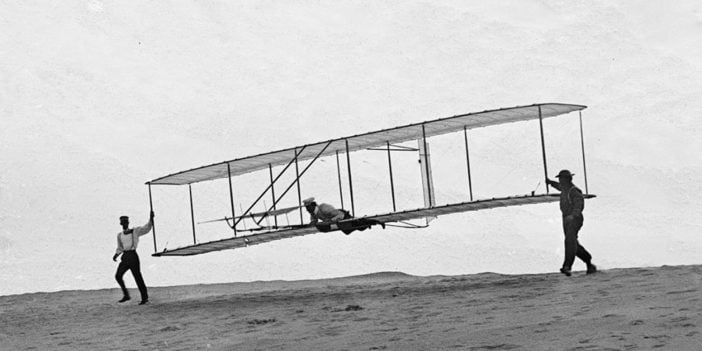
The airplane is undoubtedly the most significant invention of the 20th century. Not only it connected continents but also shortened travel time and showed us the hidden and spectacular viewpoint of Earth. Since its revolutionary invention in 1903 by the Wright brothers, traveling and transport across countries has become a child’s play. It laid the foundation of aviation taking it to the next level by developing jet aircraft and space rockets. It has made the world smaller and accessible to everyone and helps in import and export products from all over the world. Airplane experience has been changed a lot over the years by introducing perks like comfortable seating, wifi, online bookings and check-ins, extra baggage allowance, etc. It still has ways to go as aviation is continuously expanding.
12. Electronic Television (1927)
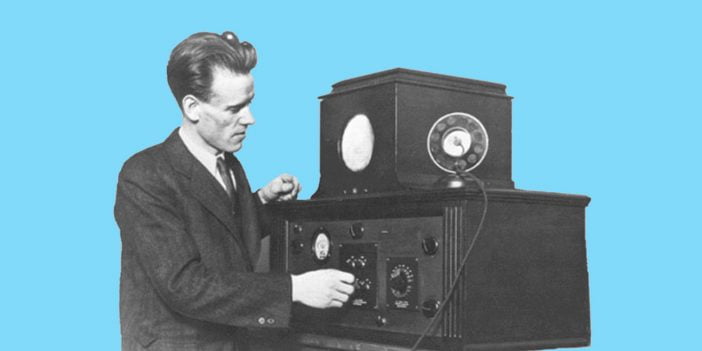
Although this technology that allowed people to see moving images didn’t become available until the 1920s, it influenced people’s lives for just over a few decades. First, all-electronic TV was invented in 1927 by a 21-year-old inventor “Philo T Farnsworth”, which he called the image dissector. He transmitted the first picture by rotating a beam of electrons onto a square piece of painted glass by 90 degrees. Television broadcasting began in 1928 and has co-existed for so many years, electronic TV sets eventually started to replace mechanical systems. The 1950s proved to be the golden age of television and color technology in TVs got popular in the 1960s. The era of high-definition TVs started around 1980 and created a heightened sense of realism through its 3D experience. With the invention of online streaming services, it is yet to be seen if traditional TV will survive or not.
13. Multistage Rockets (1929)
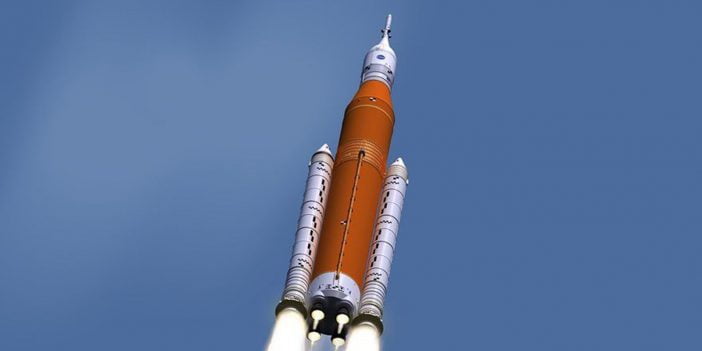
Every space launched vehicle has the same purpose which is overcoming gravity and getting the payload off the Earth. This can only be possible with a multistage rocket because to overcome the weight of the rocket it needs an extra kick of thrust by propellants (fuel and oxidizer). When propellant burns, rocket structure becomes dead and requires to be rid of which is done by staging. This phenomenon was first introduced by a Russian research scientist “Konstantin E. Tsiolkovsky” in 1929, but he didn’t build the rocket himself. Robert Goddard was the one who constructed and tested the first liquid-fuel rocket and is known as the father of modern rocket science. In the early 1960s, Atlas designers figured out that all engines must ignite while the rocket was still on the launch pad and launched Atlas D in 1962. The world’s first orbital-class reusable, 2-stage rocket was Falcon 9 that was launched in 2008 by SpaceX to transport payload and people to space.
14. Drone (1935)

Invented in 1935, Unmanned aerial vehicles (UAVs) or drones were primarily built for military purposes i.e. surveillance of a region and target practice, etc. It was an important part of military research during world war I and II and used as a weapon for engaging enemy fighters. It wasn’t until 2006 that they got a commercial permit by the Federal Aviation Administration to be used for non-military ventures such as disaster relief and border surveillance. They came into the public eye when amazon announced to use them for delivery purposes and thus adapted for other applications like monitoring climate change, aerial photography, wildlife conservation and measurement, and environmental research. Smaller drones with four rotors i.e. Quadcopters are comparatively cheaper and mainly used by private citizens as hobby drones. As drone technology is progressing, they have entered into a multi-billion dollar industry with new possibilities to be used in several ways.
15. Gene Editing (1950s)

Gene editing is the technology that holds the key to cure genetic disorders, even cancer and has recently ushered in an exciting era of biology. But how did we get to these gene-editing tools that are revolutionizing biomedical research today? Starting in the 1950s, scientists figured out that genes could be transferred from parents to offspring almost perfectly which means that sometimes genetic mutations can also happen. Scientists thought that if they could find out which gene causes which disease they might be able to cure it. This was the fundamental idea behind gene therapy but it could not be executed as there was no gene-editing technology available. In the last decades of the 20th century, the concepts of recombinant DNA and genetic engineering were introduced which gave rise to the most important innovation in gene editing in 2012 i.e. CRISPR-Cas9. With the deeper exploration of this technology, scientists believed that they could understand the biological mechanisms behind genetic diseases and would be able to cure them.
16. Black Box (1953)

After several high-profile cases of airplane crashes go unsolved, Aeronautical research scientist “David Warren” invented a device in 1953 to not only record flight data but also cockpit sounds and instruments during flight. The device was named “Black Box” that could keep storing speech for four hours before an accident along with flight instrument readings. Breakthrough in this technology occurred in 1958 when it was declared mandatory to install the BlackBox in aircraft for flight records. The black box flight recorder has proved itself the greatest contribution to international airline safety.
17. Artificial Intelligence (1956)
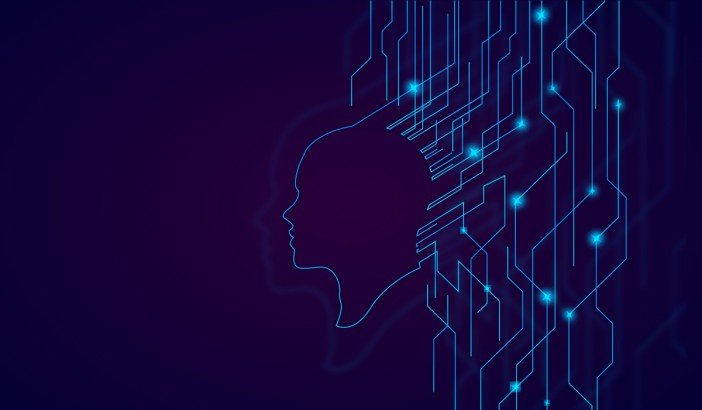
AI technology is based on the understanding that machines can learn and interpret external data fed into them and mimic the cognitive practices of humans. Although the history of artificial intelligence dates back to the 1900s, it officially started when John McCarthy presented the idea in a workshop held in 1955. Later on, in the same year, Herbert Simon and Allen Newell developed the first-ever artificial intelligence program, logic theorist. Since then, this technology is making wonders in different domains to make life simpler for an end-user. From deep learning applications, robotics, data processing, image recognition, information extraction, pattern detection to speech to text, AI has transformed many industries. Considering its expansion rate, it is going to be the next big thing in the field of technology.
18. Augmented Reality (1957)
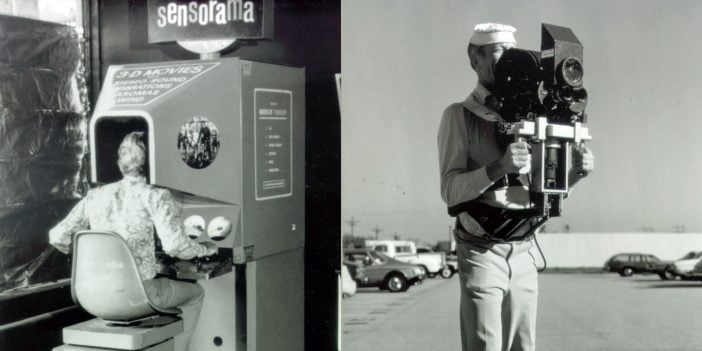
The concept of augmented reality came to light in 1957 for the first time when Morton Heilig invented the sensorama to add additional data such as visuals, sounds, vibration, and smell to an experience. While it might not have all the smart features, you have to start somewhere, right? Although the first head-mounted AR display was invented in 1968 by Ivan Sutherland, the term augmented reality was not coined until 1990. In the early 2000s, AR tech kept adding to sports aerial cameras, print media, the automotive industry, headsets, etc. In 2004, Google revealed a pair of AR glasses and named them Google Glass devices. We think of AR as “too high tech” but we don’t know that we carry it in our smartphones in the form of many Snapchat filters and games. Shortly, AR’s value in the market is going to rise to 25 billion because it is the future.
19. Stereo Headphones (1958)

Invented in 1958, stereo headphones bring innovation to the headphone world. Until now, headphones were used as a means of communication, but John Coss developed the first stereo headphones named Koss SP-3 for enjoying pure music. The early design consisted of mini speakers covered in cardboard and sofa foam but their effect was huge. Soon, they penetrated the lives of the general public as they allowed music to be enjoyed by oneself without troubling others. They served well the purpose of concentrating a quiet and private sound in the ear of the listener making their own rules of etiquettes. It became an absolute necessity for people who love listening to music while reading, walking, working, etc.
20. Internet (1960s)
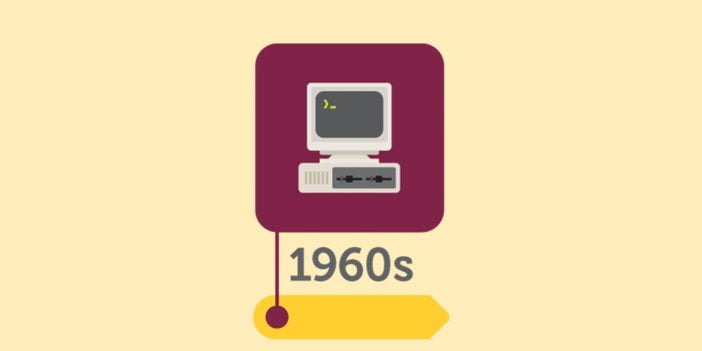
Internet is a global system of interconnected computer networks of local to universal scope linked by an extensive array of electronic, wireless, and optical networking technologies. It is a very powerful invention as it carries a broad range of information resources and services that are accessible to the vast majority of people daily. It is impossible to credit a single person for the invention of such an expansive technology as it has evolved and new features were added constantly. The department of US defense-first developed the “galactic network” of computers called ARPANET for communication in the 1960’s cold war. With the invention of the World Wide Web in 1989, the internet shrank the world like nothing else and made it famous among the public. Today more than 4.7 billion people use the internet daily for businesses, social networking, browsing information, communication, navigation, and many other purposes.
21. Compact Disc (1965)

The invention of the compact disc transformed the way music was recorded and presented and began the digital era in the music industry. It was invented in 1965 by James Russell and the first CD was produced on August 17 1982 that recorded Chopin: Waltzes by Claudio Arrau. The CD was designed in a circular shape and to store computer information, pictures and songs. Sony and Philips introduced a portable CD player in 1984 which helped people listen to these CDs anywhere. At that time, there was no other source of recording and storing music that made them a superior form of digital storage. Today, CDs might be seen as a relic since there are many latest devices available for storing media but these were once considered the best.
22. Floppy Disk (1967)

A Floppy disk is a small, removable storage disk made up of flexible plastic coated with a magnetic material and a hard square plastic case on it, used with late 20th century computers. The floppy disk drive (FDD) that reads and writes floppy disks was invented by Alan Shugart in 1967 at IBM. The first floppy disks were only 8 inches across and they got smaller in size (called diskette) that got popular from the 1970s to 1990s. It was a 5.25-inch floppy disk that was used in the first IBM computer. A Floppy disk is just like a cassette tape in a way that these both can be reused several times and record information instantly. It was only a few years later when floppy disks were supplanted by CDs and DVDs, and flash drives.
23. Capacitive Touch Screen (1965-1967)
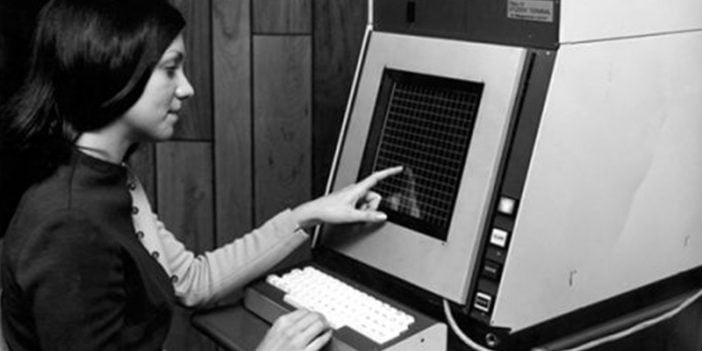
In our modern world, touch screens are so ubiquitous that it’s hard to imagine life without them. But where did they come from and how does putting a mere finger on-screen work? Historians say that the first capacitive touch screen was invented by E.A. Johnson in 1965-1967 who published its full description in 1968. Three components together created the magic of touch screens i.e. the touch sensor, the controller, and the software. A capacitive touch screen functions by changing the amount of electrostatic charge when contact through fingers is made on a layer of capacitive material. With time, they grew popular and became part of several devices ranging from our smartphones to bowling alley scoring systems, to self-check-in or check-out kiosks in different paces, or digital cameras, and many more.
24. VR Headset (1968)
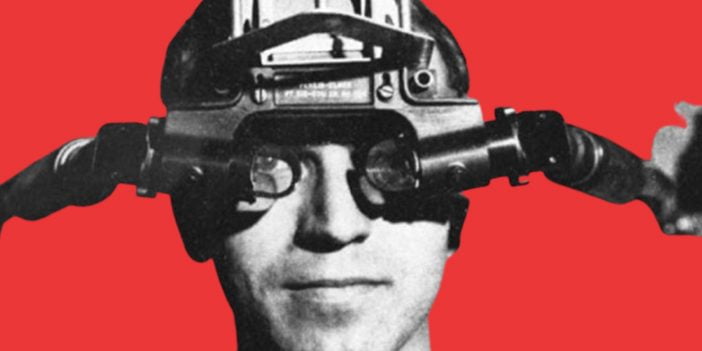
When we hear the word “virtual reality” some sci-fi film comes into our minds. It is a computer-generated environment that interacts with scenes and objects that seem real and makes the user feel immersed in it. The device that is used to perceive this environment is a virtual reality headset that was developed in 1968 by an American computer scientist Ivan Sutherland. He named the helmet “The Sword of Damocles” which showed simple virtual wire-frame shapes. Virtual reality has completely merged into our daily lives nowadays and allows its users to immerse in a virtual yet safe world. VR is used in almost all realms and industries but it revolutionized the gaming industry, surgical procedures, military, architecture, and sports industry. It is one of the technologies that has the highest projected potential growth in the future.
25. LCD (1968)
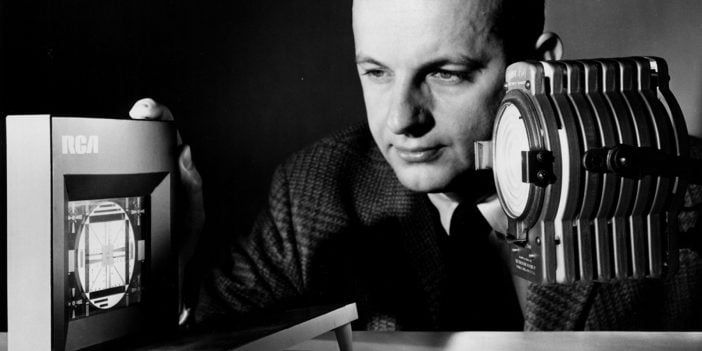
Liquid crystals, a form of matter, have been used in all kinds of display devices since 1968 when the first liquid crystal display (LCD) was created. This invention was a turning point in transforming materials from a scientific interest to technological applications. Gradually, manufacturers did improvements and variations and LCDs grew bigger, and full-motion, flat screens came to light. The 1990s was the era of breakthroughs in LCD technology when researchers improved contrast and viewing angles and brought costs down. There are still many areas that need to be explored such as flexible and 3D displays and continuous manufacturing of glass panels. This system consumes low power and has applications in watches, calculators, instrument panels, and consumer electronic devices.
26. Email (1971)
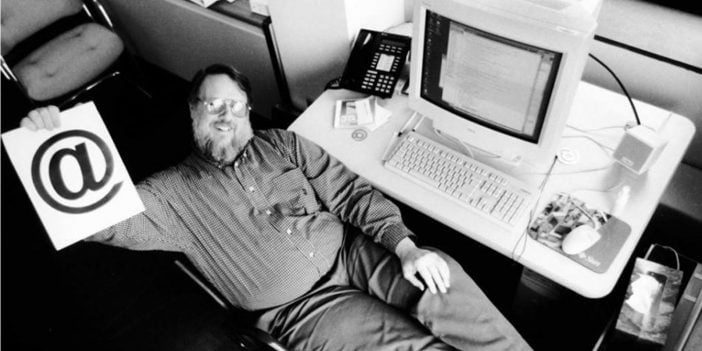
The invention of electronic mail in 1971 brought the revolution in electronic communication and changed the way people communicate with each other. The email system is a method through which digital messages are transmitted and received in the form of text, graphics, sound, and animations. Ray Tomlinson developed email by usARPANET’sET’s network and it was the first practical application for new internet users. In early times, it was necessary for author and recipient both to be online at the same time whtoday’say’s email systems need a brief connection just to send or receive messages. At the turn of the 21st century, email has become a means of communication in businesses, companies, and the education sector. With time, there have been several advancements such as automated messages and replies, alerts, save and sort features, etc.
27. Pong (1972)
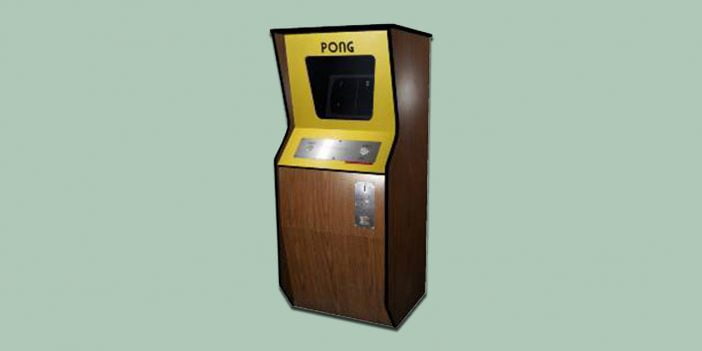
The fusion of electronic gaming and sports first kicked off in 1972 with the development of a video arcade game establishing the lucrative e-sports industry. Allon Alcorn created this by chance while testing the programming of a simple game but once released to the public, it was such a hit that the machine broke down due to excessive uAtari’sri’s pong was the electronic rendition of table tennis and thus all gaming and sports fans went crazy over it. It was the first video game to get the ball rolling but its popularity declined in the 1980s when video games went out of fashion. Pong had successfully secured its place in history as the most admired arcade game up to that time.
28. Mobile Phone (1973)

The most used communication tooltoday’say’s time is the mobile phone that has contracted and concise the world at a tip. Production and demand for cell phones have been increasing day by day due to great advances in technology. The first-ever mobile phone call was made 48 years ago by Martin Cooper who laid the foundation of wireless communication. Though it took a whole decade to reach public users and two more decades to overtake landlines, they soon became popular and widely available. Mobile phones not only help people communicate with each other but also are a medium of entertainment, conducting business, photography, online banking, etc. Nowadays, people are hooked on their mobile phones and spend most of their time browsing social media or texting and talking to each other. It has become the anchor of technology it’sit’s still innovating.
29. Barcode (1974)

Scanning of the first item marked with the barcode happened on June 26, 1974, and soon it became a commercial success. But do you know that it was way before when the barcode was actually invented? Yes. Although the first barcdidn’tdn’t look like it does today, it originated in 1948 by two university students, Norman J Woodland and Bernard Silver in Miami. Woodland drew some thick, narrow lines in the sand at the beach, made them circular, and got a patent for this idea in 1952 but sadly there was no technology to process this code. Twenty years later when researchers came across an appropriate technology, they decided to use itbull’sll’s eye design. After modifying this barcode into a rectangular design that we use today, they started implementing it commercially in the 1980s and since then, the industry has expanded rapidly for scanning and tracking applications.
30. Apple I (1976)
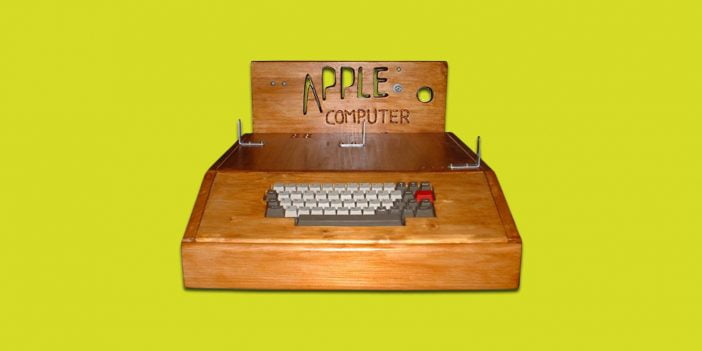
Co-founders of Apple Inc. Steve Wozniak and Steve Jobs sold their first self-assembled Apple computer or Apple I in 1976 that kicked everything off. They retailed it at $666.66 and a total of 200 ApI’s I’s were manufactured and sold. Since then, the invention of all Apple devices including MacBook, iPad, iPhone, and iPod has become a rich history. Apple made sure that their computers become an important part of everyday life and open the doors to the digital era. It came out as a single motherboard with a cassette interface, a detached keyboard kit, and a video monitor enclosed in a wooden case. Apple II and Apple III were released in the years 1977 and 1980 before IBM released its first personal computer.
31. GPS (1978)
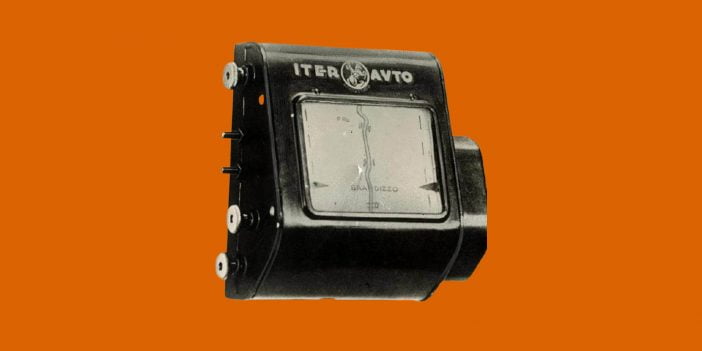
Have you ever gotten lost somewhere and thought that if there was no GPS what would you have done in that situation? Yes, this shows how much GPS (Global Positioning System) has become an indispensable part of our liLet’set’s get back to where it all started. It was the year 1960 when the first global satellite navigation system for military and commercial users cal “ed “TRA” SIT” was developed. After that technological advancements were going on and the first satellite of the Navstar GPS was launched in February 1978. It continued to improve throughout the nineties and finally appeared in cell phones in 1999 and later in automobiles. Today, they are used to find routes to anywhere on this Earth and managed worldwide by control stations.
32. Sony Walkman (1979)

Personal portable music came in mainstream fashion with the invention of the Sony Walkman in 1979. Since then, listening to music never remains the same. Whether you go for a walk or bike ride or doing regular house chores you can take your music on the go. It is not easy to forget how much a walkman was revolutionary for its time and important for the youth of that peri “d. “This is the product that will satisfy those young people who want to listen to music all” day”, Akio Morita said in February 1979. The 1980s were truly the walkman decade because of its popularity among the public. With the innovations in technology and the invention of the mp3 and iPod, Sony stopped making this classic Cassette tape walkman in 2010.
33. IBM PC (1981)
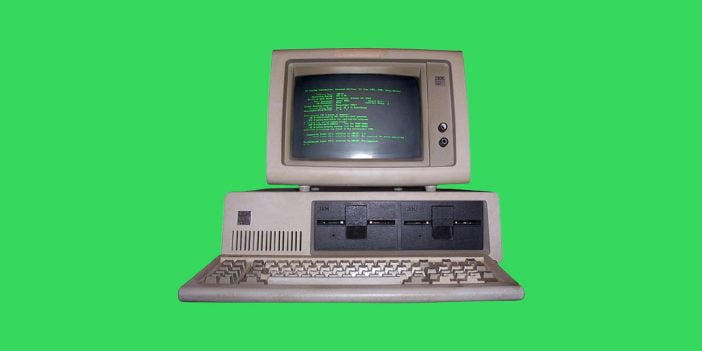
The first IBM personal computer model 5150 entered the market in 1981. At that time the IBM brand was already recognized and with the massive marketing campaign, the growth of personal computers occurred on a broad basis. It was designed with a 4.77 MHz Intel 8088 microprocessor Microsoft’sft’s MS-DOS operating system that made it comparatively faster than rival machines and greater memory capacity. The manufacturing strategy was to create simpler, more functional, and portable computers. With the emergence of IBM computers, a vast ecosystem of technology was created.
34. Apple Macintosh (1984)
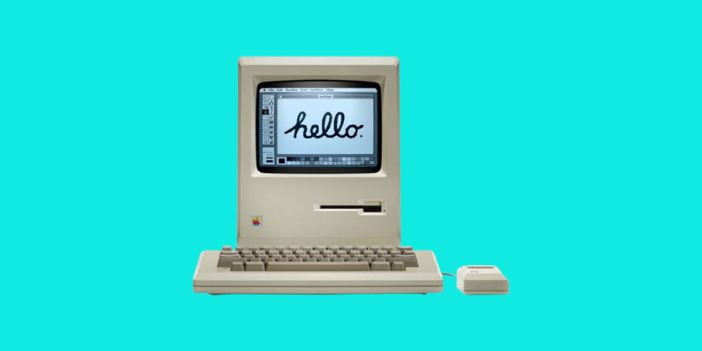
Macintosh was a revolutionary device with a graphical user interface that gave competitionIBM’sBM’s personal computers. Invented in 1984 by Steve Jobs, it was the first commercially successful personal computer that could be used by a normal person in the street. Apple created its operating system (later known as MAC OS) and pre-installed it in their computers contrasting to IBM which used otcompanies’ies’ systems. Macintosh was there to conquer the masses and set the standard for future computer generations.
35. macOS (1984)
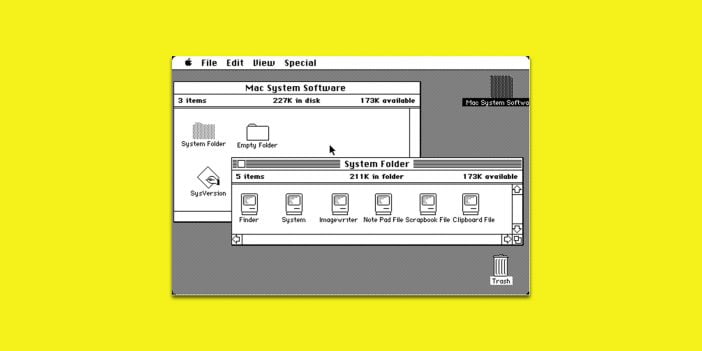
Apple Inc. introduced its operating system in 1984 to power company’sny’s Mac line of personal computers. This development completely changed the computer industry and inspired the Microsoft Corporation to also develop its own Graphical User Interface (GUI). Rather than typing commands into the computer, users moved the mouse pointer to navigate the virtual folders and files. The biggest advantage of macOS is that you no longer need to understand how the machine worked, you simply used the computer intuitively. Apple never issued a license for using macOS on any computer other than Mac.
36. CD-ROM (1984)
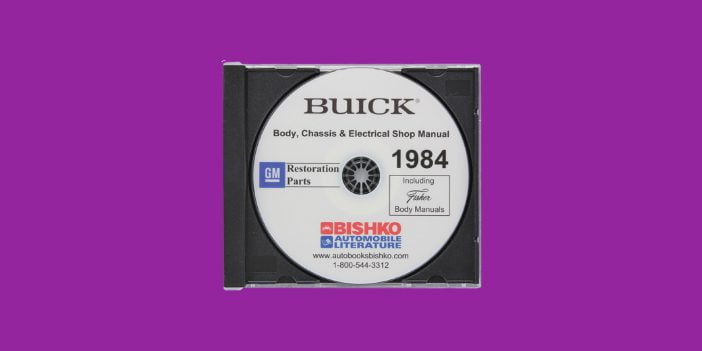
A Japanese company named Denon developed the CD-ROM in 1982 and introduced this technology with Sony at a computer show in 1984. Sony and Philips took the credit for the inventions of CD and CD-ROM, misleading people into believing Sony and Philips as visionary. While their only contribution was to bring the system to market. It is a type of computer memory that can store data of about 700 floppy disks. At first, it was designed to store music and video files only but then the format was modified to also store binary data. As the technology is advancing, it is becoming more compatible and storage capacity has increased.
37. Microsoft Windows (1985)
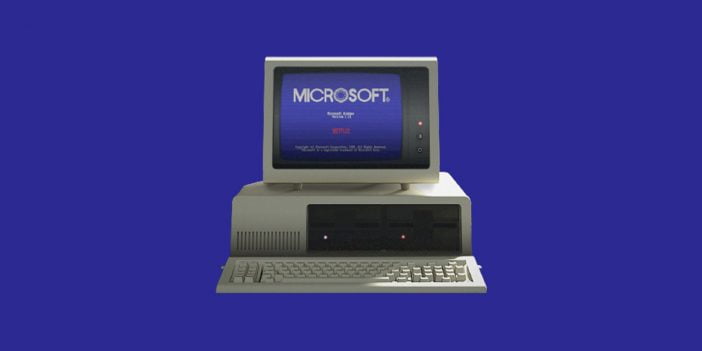
While taking a look back at the history of Microsoft Windows, we know that they have flourished through the ages to reach the modern version. Windows OS refers to a series of operating systems developed by Microsoft Corporation. Microsoft initiated the trials to develop windows in 1981 and used the na “e “Interlace Mana” er” for it. MS-DOS was the standard system for IBM-compatible computers. Bill Gates announced Microsoft Windows in 1983 while the first versi “n “Microsoft Windows” .0″ was introduced in 1985. Since then, it has seen nine major versions and Windows 7 was released as the latest version in the 25-year-old line of Windows Operating Systems
38. 3D Printing (1986)
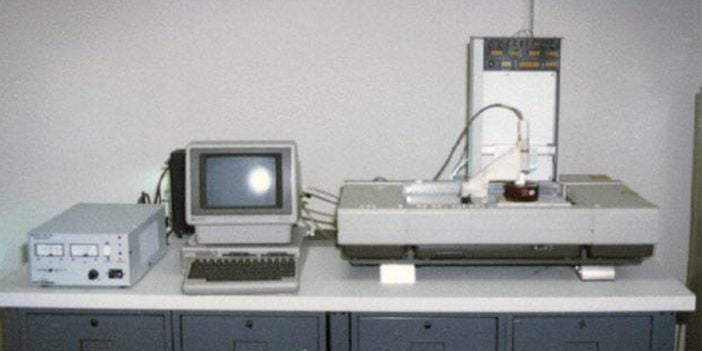
As the name suggests, it is a manufacturing process of three-dimensional objects employing a variety of materials. Not many people know that 3D printing is not a new technology, it was first issued in 1986 by Charles Hull. He came up with this idea while developing lamps for UV-curable resins and founded STL file format that allows computer-aided design (CAD) software data to be translated for 3D printers. Hull called his technolo “y “Stereolithogra” hy”, which was an expansive commercial technique. The first 3D printers came to market in the 1990s by Stratasys and some called them the 4th industrial revolution. Home 3D printing has finally become a wildly exotic hobby for a small fanatic audience.
39. Photoshop (1990)

Wdoesn’tn’t know the name of photoshop nowadays? Photoshop is the most widely used photo editing software around the world that has made our digital lives easier. First developed in 1987 by Thomas Knoll, this was pretty breakthrough technology despite the usual slew of bugs. Thomas Knoll worked further with his brother on the program and released the improved application in the form of software call “d “Image” ro”. The software was released commercially under the brand na “e “Ad” be” in 1990. The program can create, modify, or edit images, artwork, illustrations, and changing backgrounds. It is still used as a critical tool for graphic designers, web developers, creative professionals, and photographers.
40. Linux (1991)

Linux is one of the most popular operating systems similar to UNIX developed by Linus Torvalds in 1991 who named it after his name, thus Linux. He posted the source code on the internet for free and soon it became the most important open-source software. Linux continued to be upgraded through the 1990s and started to be used for web hosting, database serving, and networking. It got accepted in business circles and large computer corporations started developing machines that support it. As a stable operating system that rarely crashes, it also gained popularity in the consumer PC market.
41. Playstation (1994)
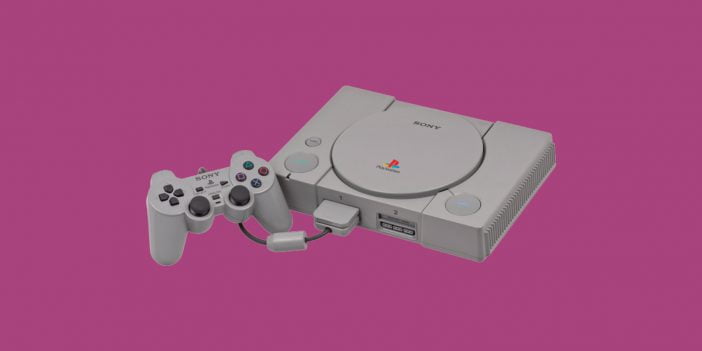
The history of the PlayStation dates back to 1988 when Sony and Nintendo started to work together to develop the home video gam “, “the Super D” sc”. Nintendo, who was dominating the computer gaming industry at that time parted ways with Sony and joined hands with Philips. Sony, in 1991 introduced an improved version of the super di “c “Sony Playstat” on” as a multi-purpose entertainment unit. The new Sony Playstation X (PSX) was released in 1994 in Japan that played CD-ROM-based games making it the best-selling game console. Next year, it was introduced to America on a commercial level and started an era of emerging technology in the gaming industry.
42. USB (1996)
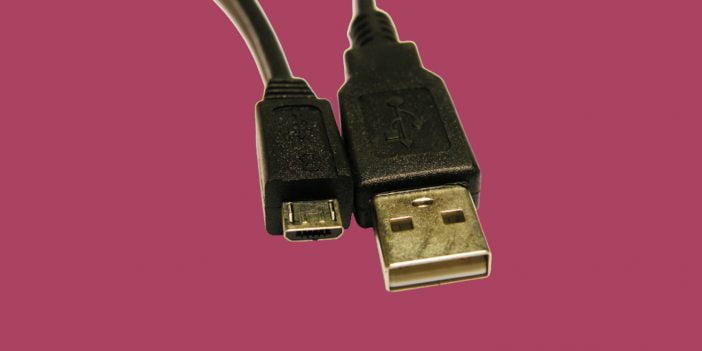
In the old days, transferring data into your computer needed plugging in a zoo of cables, a connector, or a serial port. When USB was released in 1996, the idea was right there in its na “e “Universal Serial” us” which means as soon as you plug the device in the computer it works. Though Ajay Butt from Intel started its development in 1994 and released in 1996 the technolodidn’tn’t take off until the first iMac was released as a USB-only machine in 1998. It was faster than older serial ports as the data transfer rates were up to 12Mb/sec. With the advancement in technology, a new cable desi “n “Typ” C” is in use that is also reversible along with type A and type B.
43. VPN (1996)

Have you ever wondered that someone, somewhere might be peeking at your online activity? If yes, then you are rightly concerned about the issue as there are many forces out there against your privacy. A VPN (Virtual Private Network) is a service that keeps your data private and secure and creates an encrypted online connection. When you switch it on, your true IP address becomes hidden masking your location and identity. The history of VPN dates back to 1996 when a Microsoft employee created the peer-to-peer tunneling protocol (PPTP) but it was exclusively restricted for businesses at that time. Today, one out of four internet users (31%) around the world are using the best VPN services to access government-restricted sites and entertainment content.
44. DVD (1996)
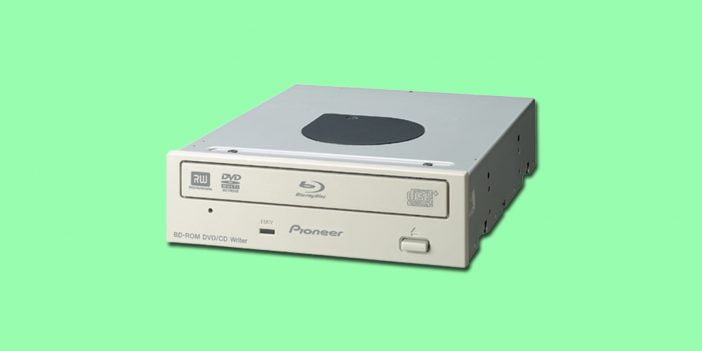
Digital Versatile Disc (DVD) was the hot new home entertainment device of the glorious 90s. DVD evolved from the CD and no single person is responsible for its invention, rathit’st’s a contribution of many people and companies. There was confusion regarding its formats among different companies. Finally, IBM intervened and a single standard format was chosen and it came out in 1995. A group of ten companies took the credit and developed DVD technology and a DVD forum. The first movie was released on the DVD format in 1997 and Sony released their DVD camcorders in 2003. In the 2010s, BluRay started filling the ledges in technology stores which was the modern replacement of DVDs.
45. Wifi (1997)

Wifi is certainly the most popular expression used by people around the globe but who brings this technology to the world is an interesting story. Hollywood actre “s “Hedy Lam” rr” filed for frequency-hopping technology in 1941 that paved the way for the secured wifi that it is today. There are many patents linked with this technology but Vic Hayes is call “d “the father of w” fi” because he established standards to make wifi feasible. The first wifi system was the 802.11 standard that was accepted in 1997. Network cables were no longer needed to surf the internet at work or home and with a router or a dongle, the internet could be used wirelessly. Over the years, wifi technology progressed real quick and found its way into our computers, mobile phones, and even cars.
46. Cloud Storage (1997)

It’s 2021, and cloud storage has become one of the best and efficient methods to transmit and store data online. No one knows exactly who and when invented cloud storage. Techies who were working in the computer industry in the 70s recall that the word cloud was being used as a reference for network diagrams representing Wide Area Networks (WANs). The first cloud service was started in 1994 but dissipated for some reason. The te “m “cloud storage or cloud comput” ng” came into being in 1997 when Ramnath Chellappa introduced the concept in a seminar. Since the last decade, cloud storage has gained so much popularity in the software industry that every big tech company has its own cloud service.
47. Netflix (1997)

Netflix is an online rental service that popped up in 1997 and allowed people to stream movies and TV shows across the internet. Two American entrepreneu “s “Reed Hastings and Marc Rando” ph” founded Netflix Inc., which is now tworld’sd’s leading streaming entertainment service. Two years later, the company added a monthly subscription service for users and made it public in 2002. Netflix grew steadily, hitting 4.2 million members by 2005, and it gained access to Europe in 2012. However, when Netflix started producing its original programming in 2013, everything changed. Offering a wide range of TV series, movies, documentaries, and feature films, it has become tworld’sd’s biggest subscription-based streaming service.
48. Bluetooth Version 1.0 (1999)
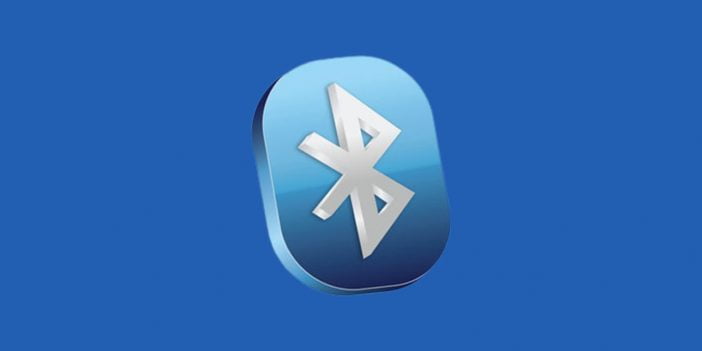
Bluetooth is the most popular wireless communication technology that has become indispensable to be used in many electronic devices these days. Jaap C. Haartsen is considered the sole inventor of Bluetooth, who released its first version on July 26, 1999. It was developed to build a connection between devices, and portable PCs or laptops over short distances. Bluetooth can link two enabled devices without needing any additional network equipment like rotors or modems which is why it was chosen to be used in mobile phones for transferring data. In recent years, Bluetooth has transformed into the Bluetooth smart system and expanded to link earphones, earbuds, wireless speakers, and hearing aids to audio sources.
49. Wikipedia (2001)

Wikipedia is one of the most popular sites on the web that provides free internet-based encyclopedias. Started in 2001, it traces its roots in an early Apple programming tool, HyperCard. Later, innovation was made, and data on HyperCard was transferred to the hypertext language of the internet. Cunningham started calling “t “WikiWiki” eb” from where the te “m “W” ki” was coined. Eventually, the site grew bigger and bigger, and keeping it ad-free for almost two decades was actually incredible. The number of active editors of Wikipedia peaked in the year 2007, and it became the cornerstone to find answers online.
50. iPod (2001)
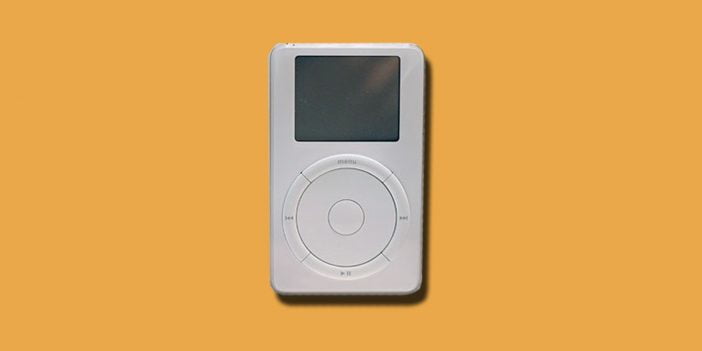
Apple’s legendary portable music player hit the markets in 2001 and is still the most successful media player after 20 years. The first device was a sleek white box and had a mechanical scroll wheel with a storage capacity of 5GB and 10GB. The credit for the invention of the iPod goes to Tony Fadell, who developed a digital jukebox to transform CDs into internal hard drives. Being a huge success in the digital music industry, the iPod changed the way people listen to music than earlier mp3 players. With the invention of streaming services like Spotify and Tidal, tgeneration’sn’s most cherished device became history, but it left an enduring impact on society as many people mourned over its loss on Twitter.
51. Google Maps (2005)

Developed a decade ago, Google maps revolutionized the world of digital maps having more than a billion users worldwide. Two Denmark-born but Sydney-based developers co-founded the startup mapping company nam “d “Where 2 technolog” es”. In 2004, they sold the company to Google, which later turned it into Google Maps, which was the dynamic online map with turn-by-turn driving instructions. A few years later, Google added 360 degrees street-level views of houses, roads, and landmarks, and to this day, Google Maps remains the standard. Digital mapping improves as the world evolves, and so does Google Maps, so no one can say where we go from here.
52. iPhone (2007)
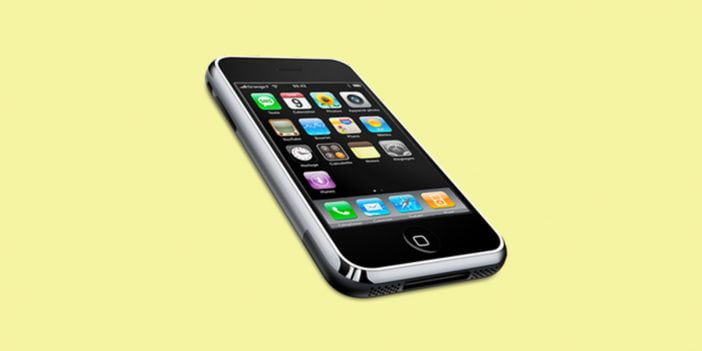
Though wasn’tn’t the first smartphone, the iPhone was the revolutionary and best-selling product since its arrival in 2007 and was literally five years ahead of any other cell phone. After the iPhone, all mobile phone companies started copying its design, and Apple CEO Steve Jobs has sold 1.5 billion of them until now. Armed with powerful features like iconic touch-screen technology, the lithium battery, the internet, and the WWW, it squeezed more functionality into one device. Apple also launched its online app store in 2008 that enabled people to download different software applications. Since then, several breakthroughs have happened, and Apple went on to over 29 updated models of the iPhone.
53. iPhone OS/iOS (2007)
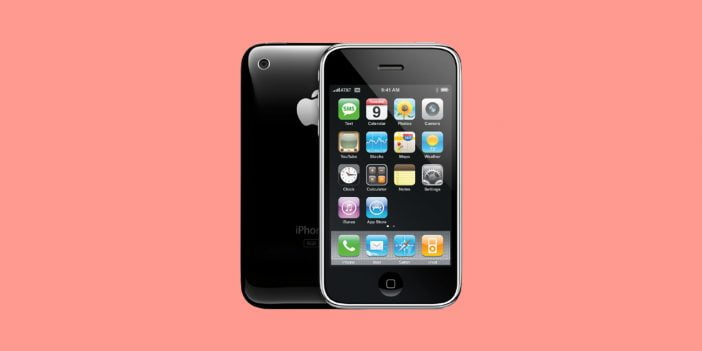
iPhone OS, aka iOS, Apple’se’s mobile operating system which is considerApple’se’s greatest presentation ever. Introduced in June 2007, it redefined the world of mobile computing and is still in active development today. It is one of the most feature-rich and well-supported platforms that has shaped the functionality of the iPhone over the years. It kept evolving with every updated iPhone and provided seamless networking among Apple products. The overwhelming popularity of the iPhone was the result of the effectiveness of the iPhone.
54. Android OS (2007)
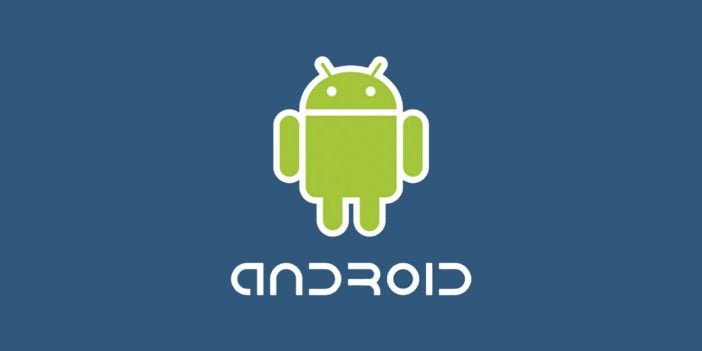
Android OS Google’se’s leading mobile operating system that primarily runs on smartphones and tablets. Based upon the Linux kernel and Graphical User Interface, it has several end-user applications that can be easily downloaded from the system. It was developed by Android, Inc. to run on relatively inexpensive handsets before Google acquired it in 2005. Google made the public beta version of Android 1.0 commercially available in 2007, although the product hit the marketplace in 2008. Since then, developers are using this technology to develop mobile apps which are sold through Google Play, an app store.
55. Blockchain (2008)

Blockchain is the encryption technology that is used in a decentralized way to support the cryptocurrency world. The first model for a blockchain was established by Satoshi Nakamoto in 2008. It is a type of database implemented as a secure digital transaction ledger for cryptocurrency bitcoin in 2009. Some analysts around the world claim that it could be one of the biggest inventions after the internet and electricity. It is designed in such a way that every user has a collective control on data and it is unable to be modified hence permanently recorded. As many people believe that one-day cryptocurrency is going to replace paper currency, therefore blockchain would prove to be a legitimate reinventor for industries like supply chains, payments, healthcare, cybersecurity, and IT infrastructure. Analyst firm Gartner estimates that by the year 2025, blockchain will provide 176 billion dollars in value to businesses. It is such a promising and revolutionary technology that now the question is n “t” if” companies will adopt this technology b “t “wh” n.”
56. Bitcoin (2009)
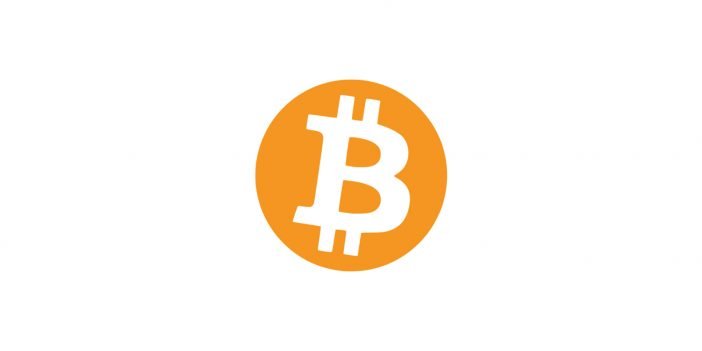
Bitcoin is the first popular digital cryptocurrency that exploits blockchain computing to decentralize payments and is tamper-proof. This peer-to-peer electronic form of cash incorporates technology, economics, currency, maths, and social dynamics. It would allow one party to send online payments to the other without passing through a financial institution. Bitcoin was launched in 2009 by someone calling himself Satoshi Nakamoto by posting a mailing list message titl “d “Bitcoin P2P e-cash pa” er” on cryptography. The greatest advantage of this encrypted currency system is the proof-of-work to prevent double-spending. Using bitcoin, people can bypass state laws, sanctions, capital controls and can transfer payments without restrictions. It is steadily becoming a major system of financial transactions and is said to be the future of money. Unlike other currencies, bitcoin is not issued by a bank or backed by a government, and its value largely depends on the cost of its production through mining or exchanges it trades on.
57. Siri (2010)

Apple has always wanted to make their technology more user-friendly, and to make this happen, they developed a digital assistant as an app for iOS. The software behind this voice-activated personal assistant exploits the AI subsets of the machine and deep learning. Large data sets of real human voices were used to train Siri to recognize the human language, tone, and accent complexities. Though invented in 2010, it officially integrated into the iPhone 4S in 2011. Since then, several innovations and leaps have happened, including more languages, advanced speech-recognition software, and voice commands. Siri took the still world of the mobile phones and filled it with voices.
58. Smart Glasses (2011)
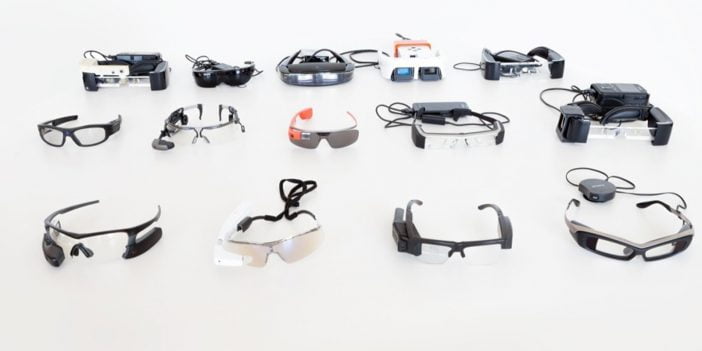
As we are moving towards the end of the smartphone era, soon, we may enjoy the same functionality and connectivity from smart glasses. Smart glasses were first created by Google in 2011 and launched in 2013. Smart glasses work by touching, tapping, or swiping to verbalize their requests to Alexa or Siri. Utilizing liquid crystal technology, these glasses can filter the level of brightness coming through their smart lenses, hence improving the visual overlay. While being a luxury for some, it might prove to be a blessing in disguise for the visually impaired. Thanks to smart glasses, the idea of restoring sight is becoming a reality from science fiction.
59. Qi Wireless Charging (2012)

2012 brought the wireless charging technology nam “d” Qi” in many smartphones from major manufacturers, including iPhone. Qi is an open interface for wireless power transfer via inductive charging, developed by the Wireless Power Consortium. While invented in 2008, it was first time adopted by Nokia Lumia 920 in 2012. It was kind of like magic to watch the battery percentage go up as you put your phone on a charging pad. Apple got the benefit of including Qi in their phones late (by the fall of 2017) only when it came out on top. But as soon as Apple adopted it, the entire mobile industry followed the trend as it is the best-selling smartphone around the world.
60. Apple Watch (2015)
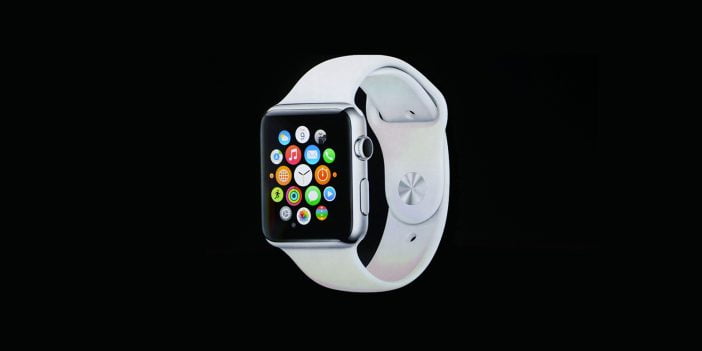
Apple Watch was the first major product of Apple released under new C “O “Tim C” ok” after the death of Steve Jobs. Launched in 2015, it is the most customizable product Apple has ever made with advanced features like talk and text functionality, wireless payments, fitness trackers, etc. Furthermore, it had Bluetooth and wifi capabilities and could be paired with the iPhone. Until now, seven generations and a series of Apple Watches have been released. Apple Watches have helped you become more active and connected than ever and represent a considerable chunk of the tech industry.
61. Wireless Earbuds (2015)

Gone are the days when we used to be exhausted untangling the crumpled and twisted wires of earphones before even starting the listening experience. The truly wireless earbuds skyrocketed as soon as they came to the market because of their awesome functionalities and eliminating the hassle of wires. The very first truly wireless earbuds were developed and launched by a Japanese compa “y “On” yo” in 2015 and they called “t “Onkyo W80″ BT”. They pioneered in their category of the product but had some issues regarding Bluetooth connectivity and battery life etc. With time, more features and convenience factors are added to them and a product is born that becomes a staple necessity for everyone today’sy’s world. The popularity of TWE also inspired Apple which came up with its own design and took over the market by storm.
62. 5G (2019)

5G is the fifth-generation wireless network that is designed to connect everyone and everything virtually, including machines, objects, and devices. In April 2019, 5G mobile service was introduced in parts of Chicago and Minneapolis, enabling the customers to connect to the network. It is meant to deliver peak data speeds, ultra-low latency, massive network capacity, increased availability, and next-generation user experiences. Qualcomm has the biggest role in inventing foundation technologies that made the 5G next wireless standard. It is the future of technology and will impact almost every industry.
63. Talking Hearing Aid (2019)

One of the best technological inventions of 2019 is a talking hearing ai “, “Livio” I,” produced and launched by Starkey Hearing Technologies. Being the world’s first health-able hearing aid, Livio AI is a groundbreaking invention for hearing health that tones down background noise as much as possible. It is a multi-purpose hearing aid as it involves artificial intelligence that allows it to be able to answer questions verbally like a smart assistant, stream music and phone calls, translate conversations, and measure physical activity. It is available from hearing professionals and helps hearing-impaired persons to live their best life possible.
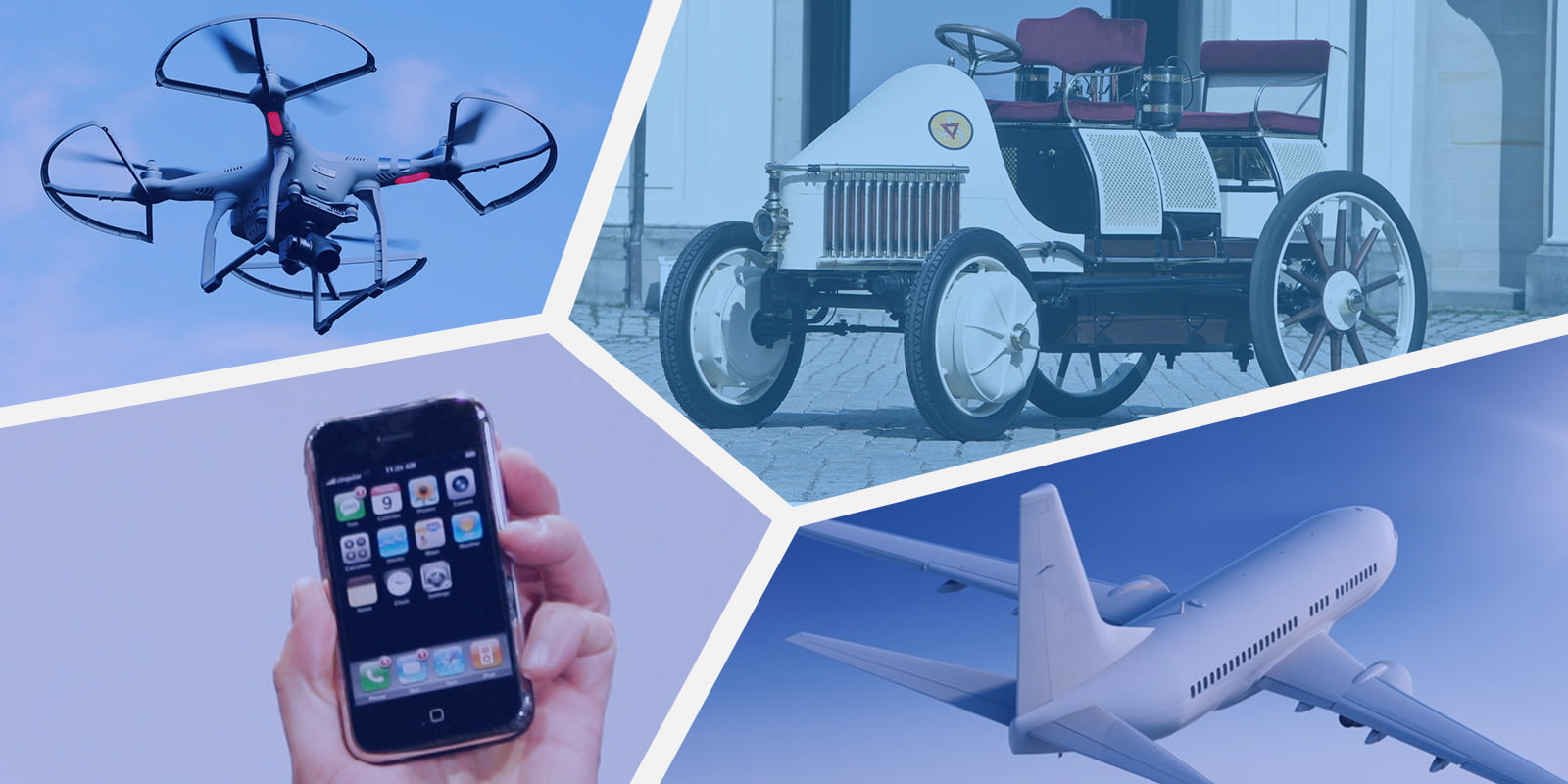
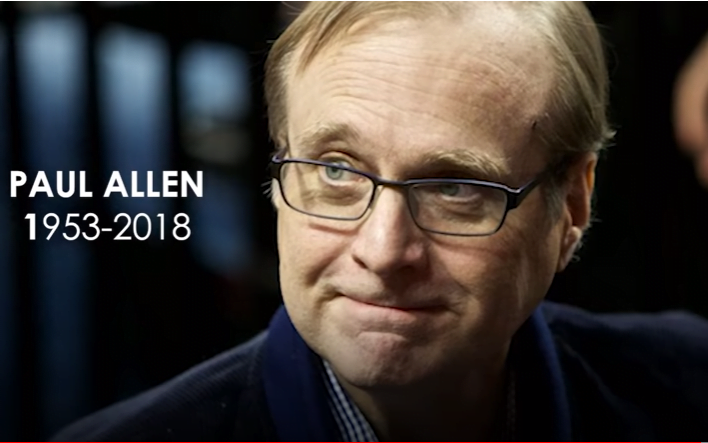

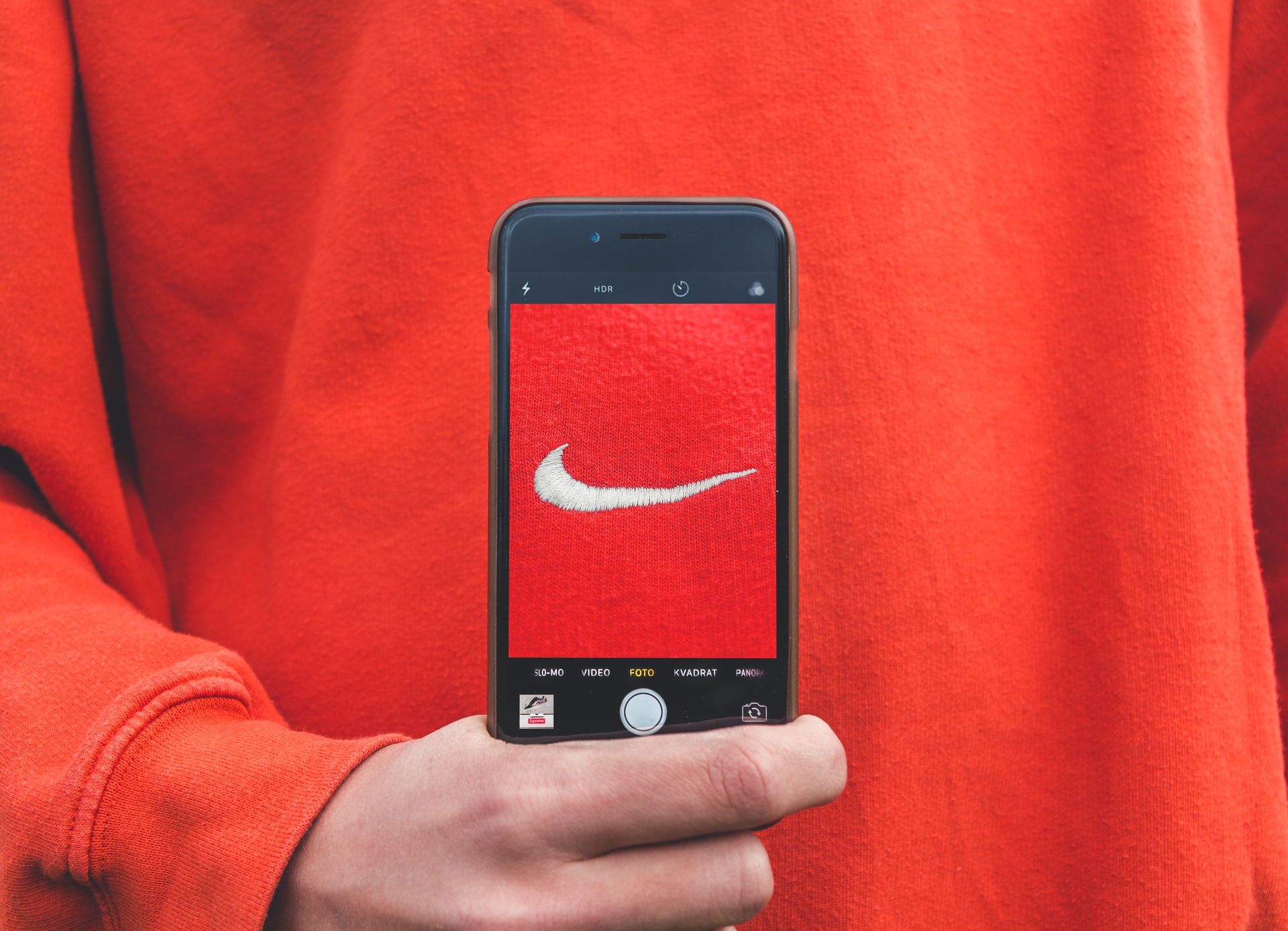
This website is bueno.